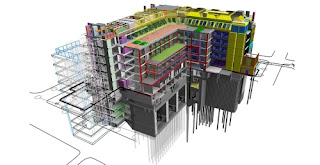Engineering Data Analysis with MATLAB
 Tanvir Mustafy, Tauhid Rahman, Nafisa Siddiqui ... 890 pages - Language: English - Publisher: CRC Press; (December, 2024) - ISBN-10: 103250658X - ISBN-13: 978-1032506586.
Tanvir Mustafy, Tauhid Rahman, Nafisa Siddiqui ... 890 pages - Language: English - Publisher: CRC Press; (December, 2024) - ISBN-10: 103250658X - ISBN-13: 978-1032506586.This book provides a concise overview of a variety of techniques for analyzing statistical, scientific, and financial data, using MATLAB® to integrate several approaches to data analysis and statistics.
The chapters offer a broad review of computational data analysis, illustrated with many examples and applications. Topics range from the basics of data and statistical analysis to more advanced subjects such as probability distributions, descriptive and inferential statistics, parametric and non-parametric tests, correlation, and regression analysis. Each chapter combines theoretical concepts with practical MATLAB® applications and includes practice exercises, ensuring a comprehensive understanding of the material.
With coverage of both basic and more complex ideas in applied statistics, the book has broad appeal for undergraduate students up to practicing engineers.




